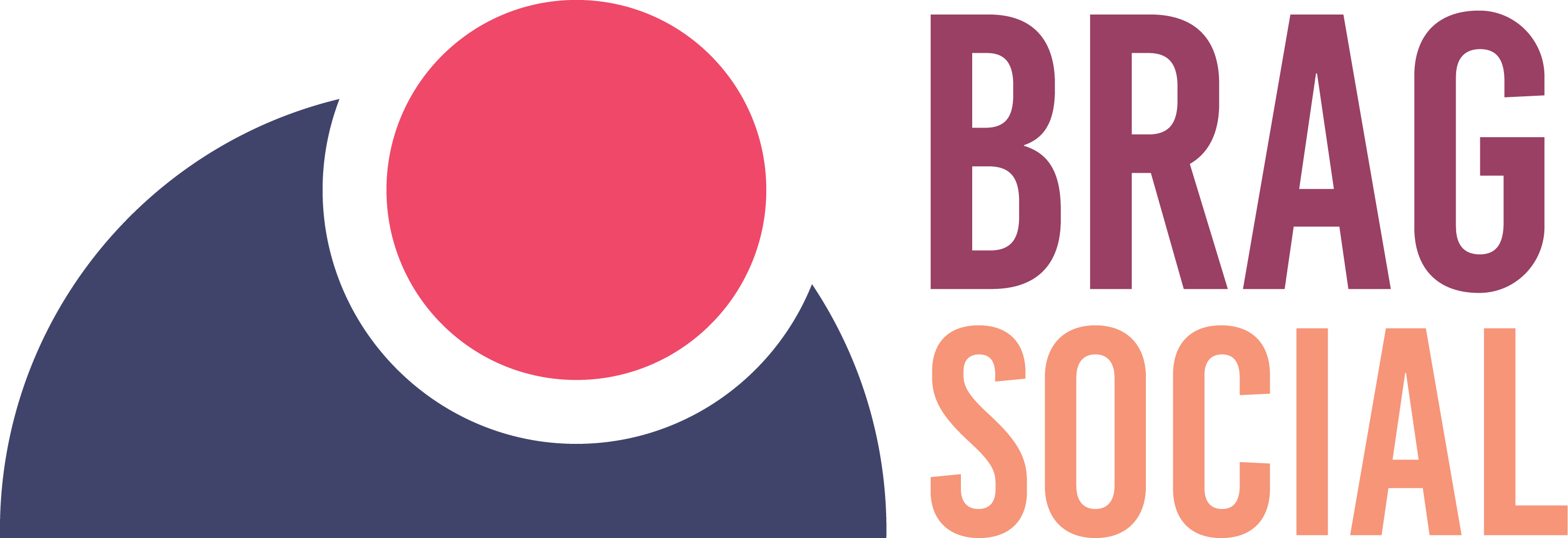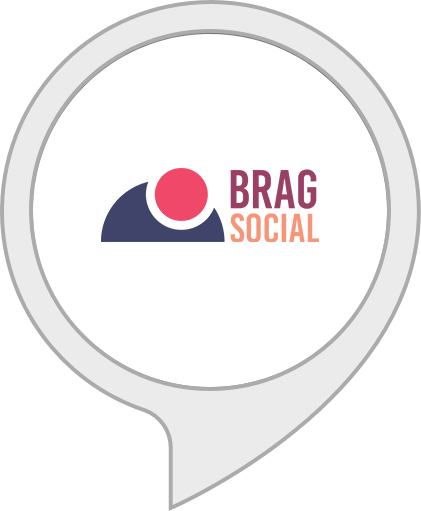
It does not matter if you already work, live on the internet, or are in the process of building your online presence, there is a magic term you have probably heard of: SEO. SEO means Search Engine Optimization and is seen by many as a shrewd technique that can affect how search engines rank websites. Only one part is correct.
This is because optimization for various search engines (e.g. Google, Bing, Yahoo) if done correctly, can improve the visibility of a website in the SERPs (search engine results pages). However, SEO these days is no longer about deceptive techniques designed to fool search engines and their users.
In fact, Google updates its algorithms so frequently because it wants to make sure that website owners only use good SEO practices on a daily basis. The proper techniques are those that not only help a website rank higher but, more importantly, those that help people find relevant information with ease. In other words, SEO is not alone to serve you – website owner, blogger, entrepreneur, but most importantly a user who is your potential visitor, follower, happy customer, and more at the same time.
Start your SEO journey
Below we have listed up some of the most trusted and used SEO tips that will help make your own website more visible and user-friendly at the bottom of the internet.
We will start with a few small, easy-to-implement changes that can have a huge impact on your website’s SEO. If we dig deeper, you will learn more about SEO, how search engines work, and how to build a solid SEO strategy. As you will implement these tips and remember that the best companions in your adventure will be perseverance and regularity in optimizing your website.
On-page website optimization basics
Note: Today we structure URLs, write title tags and meta descriptions, optimize website images, etc. it becomes less important as Google focuses on other SEO factors (mainly content and link building techniques). However, while we are learning the basics of SEO, the only way we can do it is by learning best practices.
Make the structure of your website clear, intuitive, and up-to-date
How you organize a site’s architecture and how you navigate it is critical to both SEO and your visitors. Search engines go through a structured link to find and index pages. If your site is well structured, search engine robots will easily find and index all pages and subpages.
Plus, intuitive navigation works for your visitors, helping them find what they are looking for in no time. A “three clicks” rule states that all information on a website must be available to a user with less than three clicks. This is how you should plan it.
Add the main keyword to the URL of a page.
Your domain’s web pages can be optimized for many different keywords. They say the best way is to focus on a keyword phrase and include it directly in the URL. Use of hyphens (-) instead of underscores (_) in URLs you will be writing.
Keep your URL short, expressive, and relevant.
A visitor should be able to see at a glance what a particular website is about. Choosing to change a URL yourself not only promotes keyword optimization but also makes it easier for the user to understand what they can find on a given website. This will make the life of the researcher a little easier.
Create a beautiful title tag for each page of your website.
A title tag will be describing what your domain is about. This is a short sentence that describes your online space. It will appear in various places, such as SERPs, social networks, external pages, and browsers.
It should be short, eye-catching, and original enough to grab the attention of the people who make up your target audience. Yes, that means you have to speak their language and present your website in an attractive way.
Use the meta description to better present your brand.
A meta description is a short paragraph that appears below a title tag in the SERP. A meta description gives you the opportunity to showcase your brand before someone visits your website and actually sees the products you are selling. The perfect length for a meta description is between 150 and 160 characters.
Remember to use ALT attributes for all images.
Search engines do not read images, they read ALT text. You should use an ALT attribute to help search engine spiders better understand the meaning of an image and how it is rendered. Of course, it is good to use the keyword phrases you want to describe the images on the web page.
It is also good to put keywords in the text surrounding the images and make them bold. In this way, motor robots know that this part of an article is particularly important to readers. Regardless of the CMS (Content Management System) you use, every time you upload an image, you have the option to optimize it with the appropriate keywords.
Always check out what your competitors are doing for their SEO!
A bonus tip, Always is on the lookout for your competition. Find out which keywords they are optimizing their websites for and control their ranking with yours. Check which websites they appear on and what content they post on your blog. You should know all of this in order not to copy competitor’s SEO strategy, but on the contrary, to find your own way to optimize your website. Also, do not be afraid to change your strategy once you know that it will not bring you good results in the long run. For more information, connect with Tick Try.






[…] that constantly update is higher in ranking. Constant updating of content is a good way to boost Search Engine Optimization (SEO). This improves the ranking on the search engine. This is important for a business to […]
[…] are helpful for your website development. However, can be found in the pages’ code and helps search engines to comprehend the apparent substance of a […]